We recently touched on the early sales success of Volkswagen’s Transporter here when a dedicated factory at Hanover had to be built to cope the explosion in demand for the handy holdall. Well, its popularity didn’t go unnoticed by other manufacturers keen to develop a rival in order to take a slice of the lucrative light commercial vehicle limelight. One such competitor was DKW with its rare, beautiful (possibly) and undeniably idiosynchratic ‘Kastenwagen’
DKW merged with other German manufacturers Audi, Horch and Wanderer in 1932 to form Auto Union before the enterprise was snapped up by Volkswagen in 1964. DKW lost its drawings for a new three-cylinder engine to the Russians during WW2, so post-war cars such as its Beetle-like Meisterklasse had to make do with a pre-war design two-stroke twin instead.
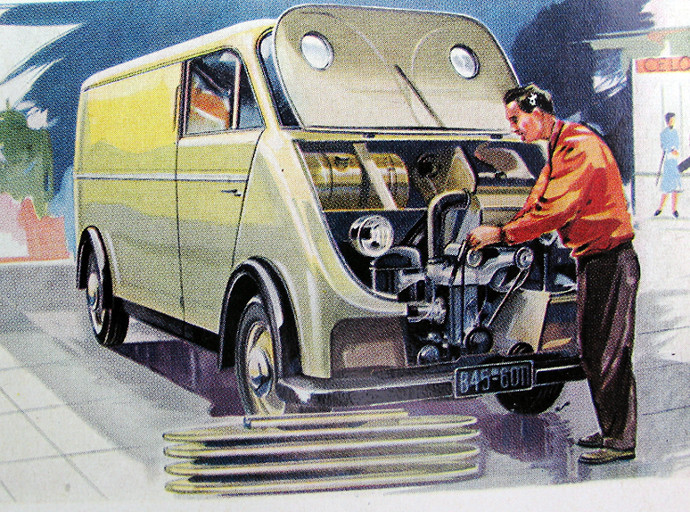
Thankfully, however, by the time the DKW Kastenwagen or ‘box car’ appeared in the early ‘50s the company’s engineers had developed an innovative and radically different three-cylinder two stroke. The 896cc engine’s valveless design promised unparralled reliability but, perhaps more importantly, the fact that it produced 36bhp immediately put it on par with VW’s product.
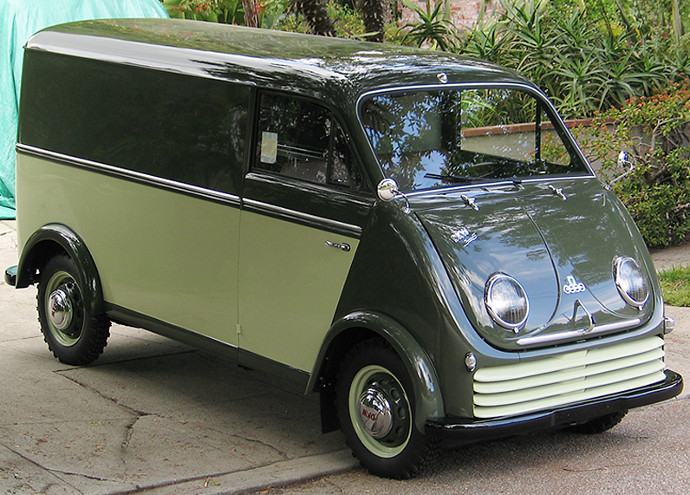
Kastenwagens are like hen’s teeth but we spotted this one for sale (above) on US site Oldbug.com for sale in Los Angeles, California. It was supplied originally to a high end import dealer in Pasadena, so it’s not travelled far. Of the handful that survive worldwide, only a fraction are actually running – making this fully restored example possibly the best example in the world which probably explains the $135,000 asking price.
The huge sculpted painted metal dash is an impressive feature – the central location of instrumentation immeditately distinguishing it from its VW rival. The fact that there was a column gearshift instead of the conventional floor change is another aspect where the two differed.
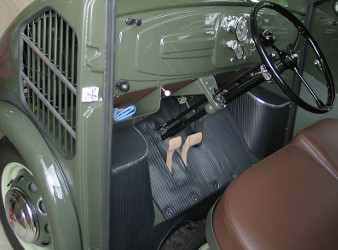
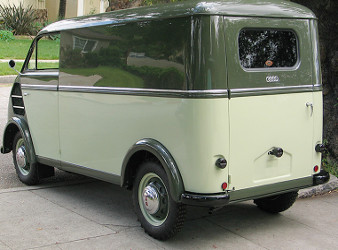
The most obvious departure from the VW though was its front engine, front wheel drive configuration. However, the fact that there was no engine out back meant DKW could boast about its ultra low 13in loading deck. There was another big difference, too. It was marketed as being a bit more ‘exclusive’ than the VW, being sold usually at Mercedes dealerships with a pricetag of roughly £920 more than its VW equivalent. Bearing in mind the VW bus was around £1630 at the time, that was a lot of money.
In contrast to production at VW’s spanking new Hanover factory, the oddball DKW was manufactured on a much smaller scale, largely by hand (possibly at Ingolstadt). And judging by the photo below showing vehicles being assembled in a muddy field, the facilities weren’t a patch on VW’s.
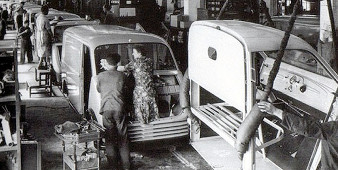
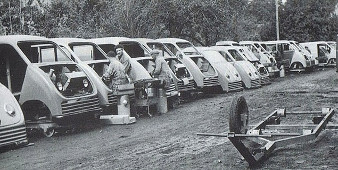
The previous owner who carried out the restoration basically scoured the globe to find missing parts, the only real headache being the exhaust system which was meticulously refabricated from the remnants of the original. The three spoke steering wheel with its distinctive Auto Union horn button was sourced directly from Audi in Germany.
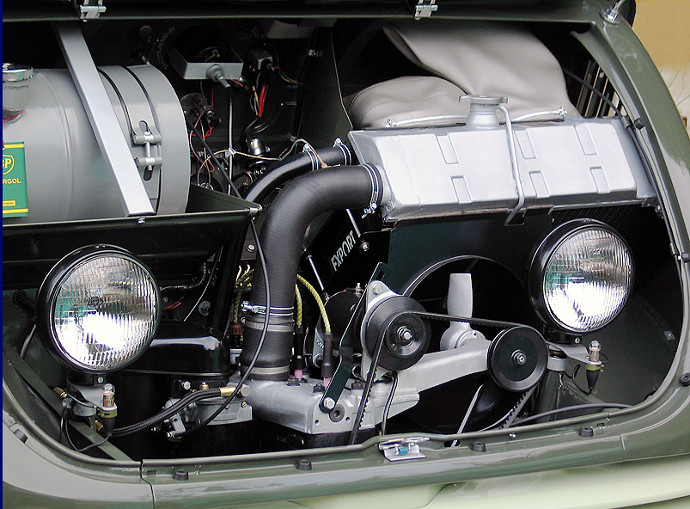
The engine was rebuilt on a no-expense spared basis by a top US DKW engine specialist. Meanwhile, the body itself, thankfully, was in good shape originally and needed little work beyond a full shotblast and a top drawer respray to bring it back to concours condition. In case you were wondering, the colour comes from a period correct DKW palette – it’s Jade Green on top with Shell White on the lower flanks.
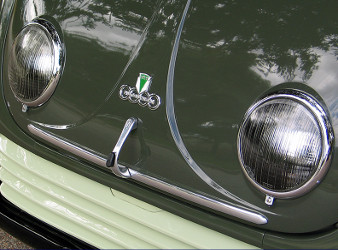
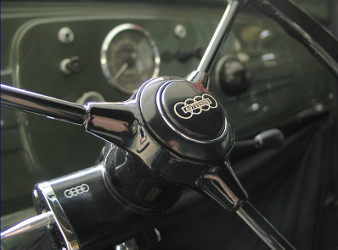
You might think the ovalised headlamps look familiar but despite looking very much like sloping VW lamps, they’re just patterned glass with freestanding vertical headlamps located close to the engine behind. In other words, the beam just shines through them. The chrome bezels look similar, but of course there’s no beam adjusting screws.
It’s a lot of money, but looking at the no stone left unturned restoration pictures and the fact that it’s just soooo rare, it’s unlikely there’s another one like it – at any price.
Ian
The opinions expressed here are the personal opinions of the author and do not necessarily represent the views and opinions of VW Heritage

